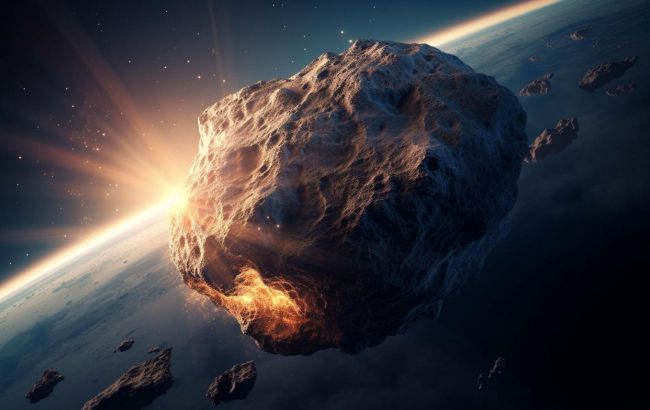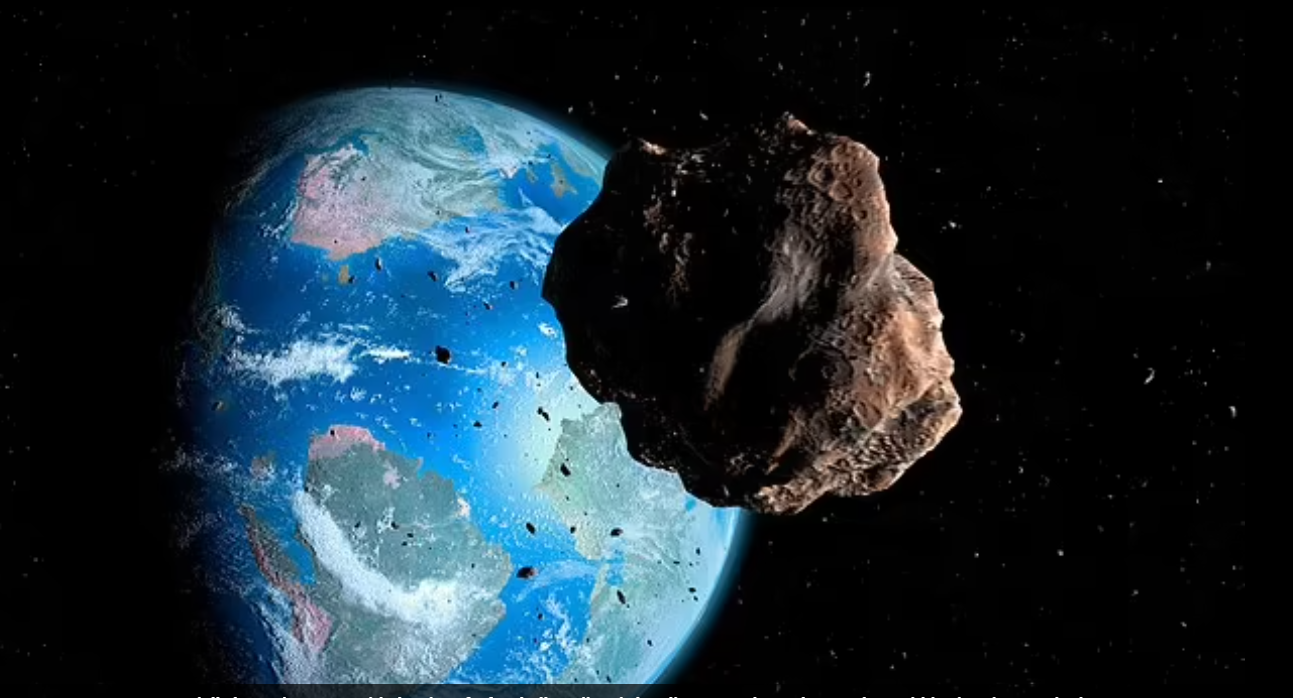Dangerous asteroid approaching Earth: NASA assesses collision risks
 What is known about the asteroid (photo: Freepik)
What is known about the asteroid (photo: Freepik)
An asteroid with a diameter of 270 meters is rushing towards the Earth. A celestial body named 2008 OS7 will approach our planet on February 2 and pass by at a distance of 2,850,000 kilometers, writes Daily Mail.
What is known about the asteroid
NASA considers potentially dangerous asteroids that are larger than 140 meters and approach Earth closer than 7.5 million km. But the bureau assures that there is no risk of a collision with asteroid 2008 OS7.
"We don't need to worry about it too much as this asteroid will not enter Earth's atmosphere, while this will still approach close to the Earth," said Dr Minjae Kim, Research Fellow, Department of Physics, University of Warwick.
He also noted that there are more than a million asteroids in our solar system, of which approximately 2,350 are classified as potentially hazardous.
"Unfortunately, asteroids are generally too faint to have been detected by the current techniques and surveys, so it's very hard to see by our naked eyes.," the researcher emphasized.
The only asteroids that can be seen with the naked eye are Pallas and Vesta, which are about 500 km in diameter.
 Scientists say that there is no threat of asteroid 2008 OS7 colliding with Earth (photo: Alamy stock photo)
Scientists say that there is no threat of asteroid 2008 OS7 colliding with Earth (photo: Alamy stock photo)
Four more asteroids will fly past Earth in the coming days
By February 2, four more asteroids will fly by the Earth. However, scientists assure that there is no threat of a collision with them. Every week, NASA discovers about 30 new 'near-Earth objects'.
"Experts estimate that an impact of an object the size of the one that exploded over Chelyabinsk, Russia, in 2013 – approximately 55 feet (17 meters) in size – takes place once or twice a century. Impacts of larger objects are expected to be far less frequent," the astronomers added.
At the same time, they emphasized that since the catalog of near-Earth objects is incomplete, and their impact is unpredictable, a collision could theoretically occur at any moment.
Recall that earlier scientists told how they would populate the Moon in the next 50 years.

